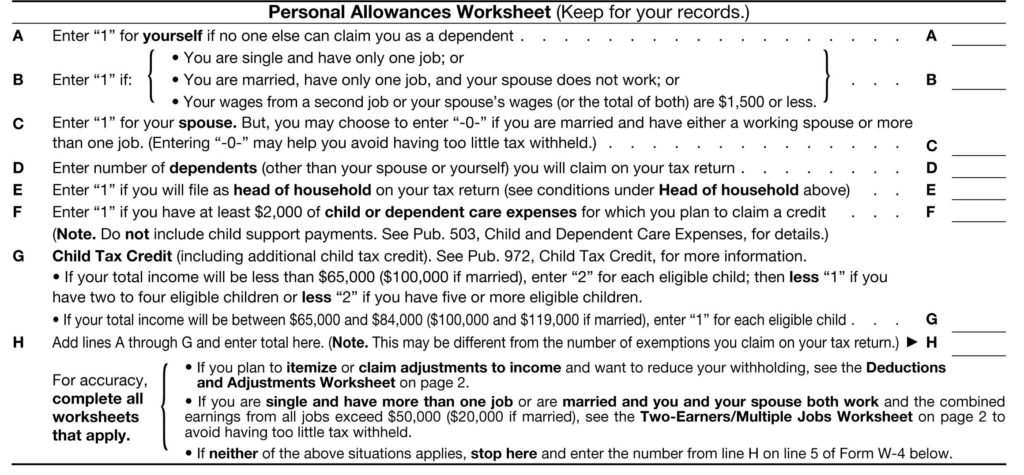Hiring employees and contractors is an essential part of your growing business, but navigating the complexities of IRS forms can be challenging. To provide clarity and simplify the process, we’ve prepared an overview of the essential information you need to know for tax forms related to employees and contractors.
Sarah Duke, CAS Resource Manager, explains the difference between employee and contractor forms in this quick overview:
Employees: W2s and W4s
Employees complete a W4 form to specify the amount to be withheld from their paychecks for personal taxes. By January 31st, employers submit W2s to the IRS detailing total earnings and withholdings for employees. Employees receive a copy to facilitate the preparation of their personal tax returns.
Pro Tip: Most payroll providers won’t process an employee’s first payroll without a W4 in place; however, many employees “fill it out and forget it” for future years. Employers should encourage employees to revisit their W4 filing after major life events (such as marriage, a new baby, or divorce) and annually based on compensation changes. This ensures their withholding aligns with their personal tax obligations. Modern payroll systems often feature “self-serve” functionality that allows employees to log in and conveniently update W4 information on their own.
Contractors: W9s and 1099s
Vendors and contractors provide a W9 form to every company that procures their services. This form discloses the tax filing status of the vendor/contractor and determines whether a 1099 is required.
Form 1099 filings detailing the total payment for a vendor’s/contractor’s services in the prior year must be submitted to the IRS by January 31st. Simultaneously, the vendor/contractor receives a copy for reference in their business or personal tax return.
Pro Tip: For bookkeepers and staff accountants, especially during the hectic month of January, proactively collecting W9s from vendors can alleviate unnecessary stress. They will significantly boost response rates by mandating a W9 submission before making the first payment to a vendor.
At WG, we send a standard email that communicates, “We are setting you up in our accounts payable system as a new vendor and require a W9 before issuing payment for your recent invoice. Please return a signed copy of your W9 so we’re able to process your payment.”
We get it. Tax forms are confusing.
Data reported on a W2 or 1099 is one of the few times your employees and vendors see your company’s accounting processes. Prevent an onslaught of questions by having solid systems in place to make sure the numbers reported are accurate. A knowledgeable accountant or bookkeeper can take this compliance task off your plate. They will guide you through the employee and contractor IRS forms process and provide best-in-class advice when it comes to accurate recordkeeping.
Walker Glantz is ready to offer our expertise and support. Our experienced bookkeepers, accountants, and tax professionals are committed to guiding you through the complexities of tax forms. We are available as you embark on this new chapter. Contact us today to get started, and let’s work together for a prosperous year ahead.


